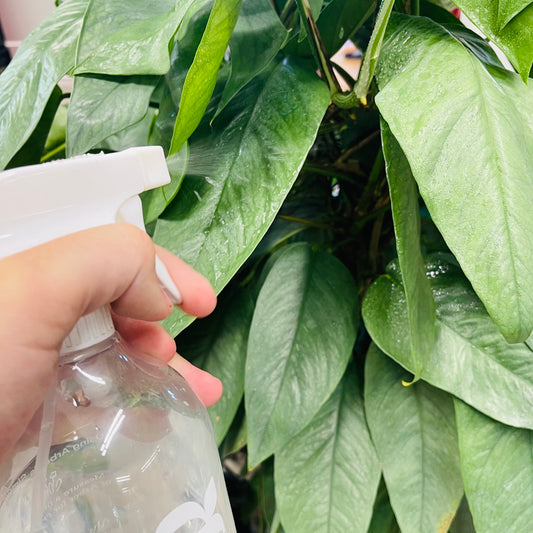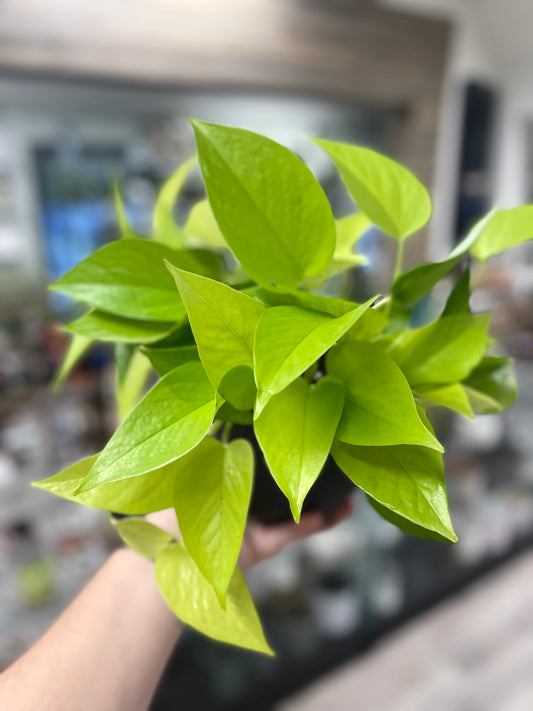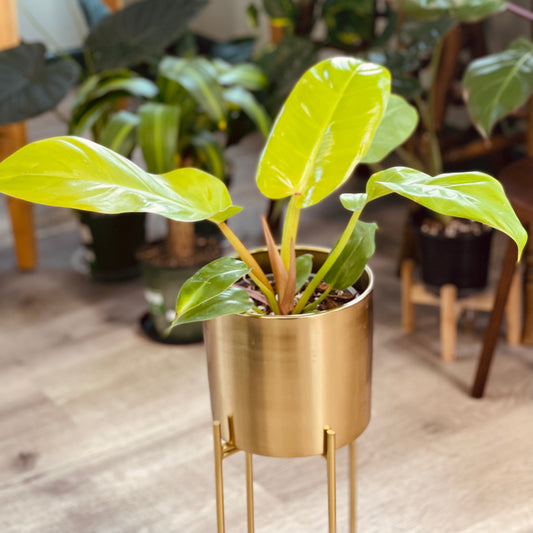Starting a vegetable garden in Michigan can be tricky due to the shorter growing season. However, with proper planning and preparation, you can grow a variety of delicious and nutritious vegetables right in your backyard. Timing is one of the most important things to consider when planning your garden. To make the most of the time you have, it's important to start your seeds early indoors so they're ready to be transplanted outside when the weather warms up.
Here is a table of some of the most common types of garden vegetables and the best time to start them indoors in Michigan:
| Vegetable | Best Time to Start Indoors |
|---|---|
| Broccoli | 8-10 weeks before the last frost |
| Cabbage | 8-10 weeks before the last frost |
| Cauliflower | 8-10 weeks before the last frost |
| Eggplant | 6-8 weeks before the last frost |
| Kale | 8-10 weeks before the last frost |
| Peppers | 6-8 weeks before last frost |
| Tomatoes | 6-8 weeks before the last frost |
| Lettuce | 4-6 weeks before the last frost |
| Carrots | 4-6 weeks before the last frost |
| Radishes | 4-6 weeks before the last frost |
| Cucumbers | 4-6 weeks before the last frost |
| Squash | 4-6 weeks before the last frost |
| Onions | 4-6 weeks before the last frost |
The date of the last frost in Michigan can vary depending on the location and weather conditions. Typically, the last frost date in Michigan falls between late April to mid-May. However, it is always best to check the forecast for your specific area and consult with local gardening experts to get a more accurate estimate for your region. Remember that the last frost date is not an exact date and can fluctuate based on the weather conditions. It is also important to note that frost can still occur even after the last frost date, so it's always a good idea to keep an eye on the forecast and be prepared to protect your plants if necessary.
When starting your seeds indoors, it's important to use a high-quality seed starting mix and provide them with plenty of light. A heat mat and a humidity dome can be used to provide the ideal temperature and humidity for your seeds to germinate. Keep the soil moist but not waterlogged.
Hardening off your seedlings is a crucial step before transplanting them outside. Hardening off is the process of gradually exposing your seedlings to outdoor conditions, like temperature and light variations, to prepare them for transplanting. The best process to harden off seedlings is to place them outside for a couple of hours each day, increasing the time spent outside each day. This can be done by placing them in a sheltered spot or under a shade cloth for the first few days, then moving them to a sunnier spot as they acclimatize. It's important to do this gradually, over a week or two, to avoid shocking the seedlings and causing damage.
Hardening off seedlings before transplanting them outside is crucial to ensuring that they will survive and thrive in their new environment. It allows them to develop stronger roots and stems, which will help them to better cope with harsh outdoor conditions. Starting your garden early will give your plants a head start on the growing season, and help ensure a bountiful harvest. With a little bit of planning and preparation, you can enjoy fresh, homegrown vegetables all summer long in Michigan.
Here are a few more tips for starting vegetable seeds:
-
Use high-quality seeds: Make sure to use fresh, high-quality seeds from a reputable source. Old or expired seeds may not germinate as well, so it's important to check the expiration date before planting.
-
Choose the right container: When starting seeds indoors, use small containers or seed trays that are at least 2-3 inches deep. This will allow the roots to develop properly.
-
Provide proper lighting: Seedlings need plenty of light to grow strong and healthy. If you're starting your seeds indoors, be sure to place them near a sunny window or under grow lights.
-
Keep the soil moist: Keep the soil consistently moist but not waterlogged. Overwatering can lead to mold and fungal growth, which can harm or kill the seedlings.
-
Keep an eye on temperature: Different types of seeds have different temperature requirements. Be sure to check the seed packet for specific temperature requirements, and use a thermometer to monitor the soil temperature.
-
Thin-out seedlings: Once the seedlings have sprouted, thin them out so that each container or tray has only one healthy seedling per cell. This will give the seedlings room to grow and develop strong roots.
-
Fertilize: Once the seedlings have developed their first set of true leaves, it is a good idea to start fertilizing them with a balanced, water-soluble fertilizer. This will provide the necessary nutrients for the seedlings to grow strong and healthy.
-
Keep an eye out for pests: Common garden pests such as aphids, spider mites, and thrips can all cause damage to seedlings. Regularly inspecting your seedlings and using appropriate pest control measures can help keep them healthy.
-
Transplant at the right time: When transplanting seedlings outside, be sure to wait until the weather and soil have warmed up and all danger of frost has passed. Also, be careful not to disturb the roots when transplanting.
-
Keep a journal: Keeping a journal with all the details of your seed starting will help you with the next planting season, you can take note of what worked well and what didn't, what seeds germinated quickly, and which took longer. This information can be very valuable for the next planting season.
In conclusion, starting your seeds early indoors in Michigan is crucial to getting a good harvest. The table above will give you a general idea of the best time to start the most common types of garden vegetables. Don't forget to check the forecast and adjust your planting schedule. And don't forget the importance of hardening off your seedlings before transplanting them outside for best results. Happy gardening!





![Dracaena marginata (16" Plastic Pot) [ID #47618480]](http://zenrockford.com/cdn/shop/files/image_992491d2-6277-4893-842f-11e2983f137e.jpg?v=1725732294&width=533)
![Philodendron Florida Bronze (10" Nursery Pot) [ID #29432345]](http://zenrockford.com/cdn/shop/files/image_a67d0fb6-348e-4829-a7eb-64ce015a3b39.jpg?v=1725643115&width=533)
![Aglaonema Manilla's Pride (3" Plastic Pot) [ID #33051624]](http://zenrockford.com/cdn/shop/files/image_1fb45f38-7b6b-412c-aa29-ed2df326d106.jpg?v=1753291075&width=533)
![Scindapsus Silver Lady (8" Clay Pot w/ Moss Pole) [ID #47128926]](http://zenrockford.com/cdn/shop/files/image_f5c79dcd-5dd4-4ba3-9cf7-f49da779e5ea.jpg?v=1726510803&width=533)